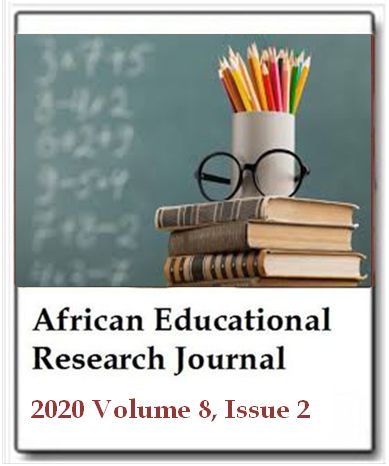Analysis of the perceptions of national rowing athletes’ hopelessness and self-esteem levels
Kadir TiryakiAfrican Educational Research Journal
Published: June 8 2020
Volume 8, Issue 2
Pages 305-313
DOI: https://doi.org/10.30918/AERJ.82.20.072
Abstract
The aim of this study is to analyze whether the national athletes' perceptions of hopelessness and their self-esteem levels differ in terms of different variables (age, marital status, and income status, place of residence, educational status, and active national career). The study group of the research consists of 200 active male national rowing athletes. "Beck Hopelessness Scale (BHS)" was used to determine the hopelessness perceptions of the rowers participating in the research, "Rosenberg Self-Esteem Scale (RSE) and the personal information form created by the researcher were used to determine the self-esteem levels. Statistical Package for Social Sciences (SPSS) 22.0 package program was used to analyze the data. Independent Samples T Test was used in binary groups and One-Way ANOVA tests were used in groups of three and above. LSD test was used to determine which groups favor significant differences as a result of One-Way ANOVA. Significance level is accepted as p < 0.05. According to the results of the research, the level of hopelessness (x = 12.32) of the national rowing athletes was found to be moderate and the self-esteem levels (x = 29.63) are high. Considering different variables, there is no statistically significant difference in self-esteem levels in terms of hopelessness levels according to age, income status, place of residence, educational status. Moreover, according to marital status variable, there is no significant difference in levels of hopelessness and self-esteem. While there is no significant difference in self-esteem levels according to active national career, statistically significant difference was found in perceptions of hopelessness (p < 0.05).
Keywords: Hopelessness, self-esteem, national rowing athletes.
Full Text PDFThis article is published under the terms of the Creative Commons Attribution License 4.0

